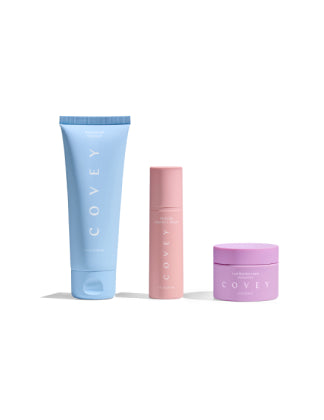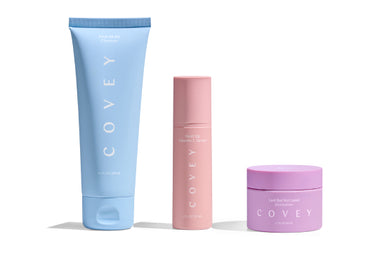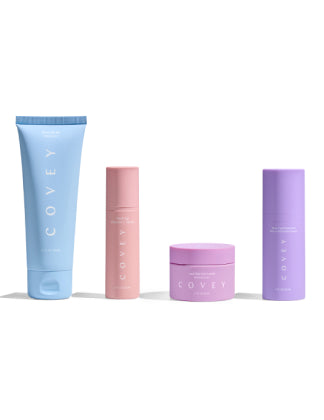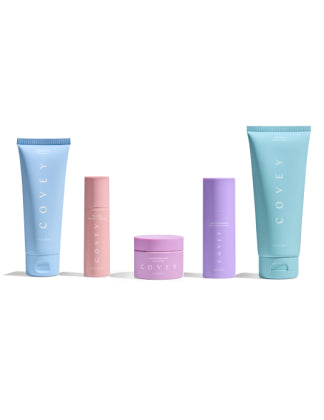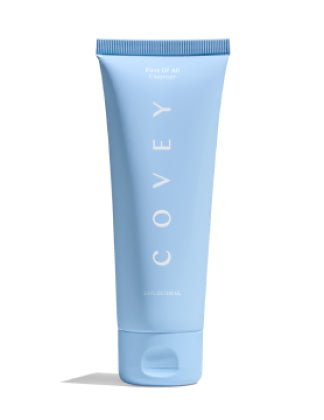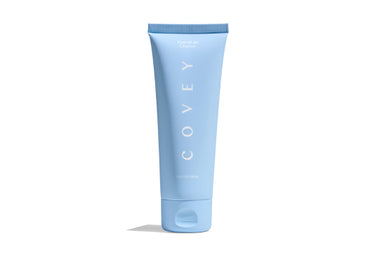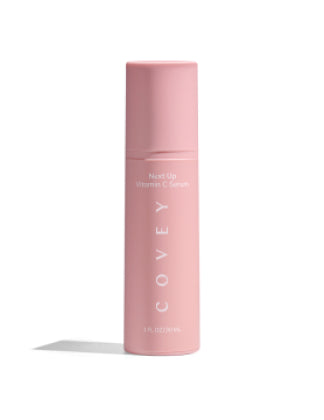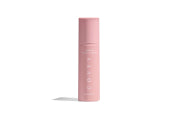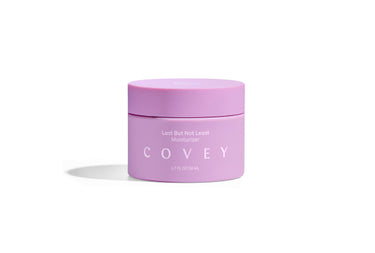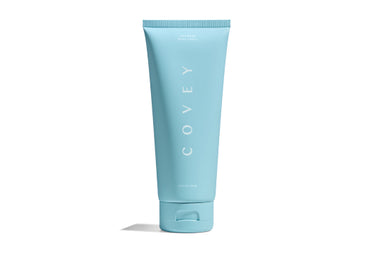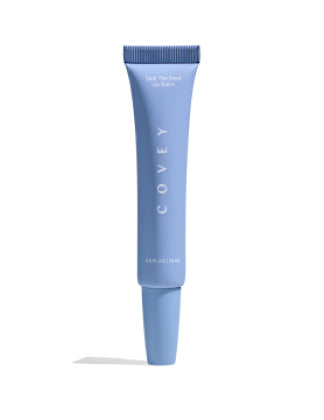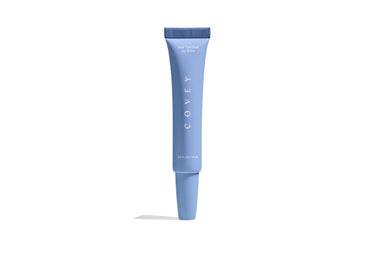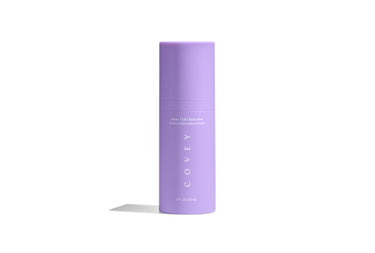
Explaining Skincare Cycling: Is It Worth the Hype?
Do you find yourself constantly searching for new products to tackle different skin issues? Are you concerned about your skin "getting used" to your products? You might be curious to explore skin cycling, a divisive trend that has over 3.5B views on TikTok.
Not to worry — skin cycling isn't as complicated as the name might suggest. Simply put, cycling your routine means adding in more rest days where your skin isn't exposed to actives or more targeted ingredients, giving you days off from using certain products.
According to dermatologists and experts, skin cycling involves the following order:
- Night 1: Exfoliate
- Night 2: Retinol or anti-aging alternative like bakuchiol
- Night 3: Rest (Cleanse and moisturize)
- Night 4: Rest (Cleanse and moisturize)
- Night 5: Repeat the cycle
So, What is Skin Cycling?
Skin cycling is the art of developing a skincare routine that rotates different products based on your skin's changing needs throughout a given month or season.
Just like how our body goes through hormonal changes, our skin also experiences cycles due to hormones, weather, lifestyle, and stress. Skin cycling aims to adapt your skincare routine to these changes.
Watch Dr. Whitney Bowe break it down:
@gma @Dr. Whitney Bowe breaks down skin cycling and shows you how to add the viral trend into your beauty routine. #dermatologist #dermatology #skincare #skincareroutine #skincycling #skin #skincaretips ♬ original sound - Good Morning America
Why is Skin Cycling Popular?
Skin cycling has gained immense popularity among skincare enthusiasts and dermatologists alike. Here are a few reasons why skin cycling has become a hot topic these days:Targets Different Skin Concerns
Skin cycling allows you to target different skin concerns at different times. For instance, you can use exfoliating products more frequently during the oily summer months to combat clogged pores, while focusing on hydration and nourishment during the dry winter months. This flexibility helps you address specific skin issues as they arise, giving you more control over your skincare routine.
Reduces Product Overload
With the plethora of skincare products available in the market, it's easy to get overwhelmed and end up using wayyyyyy too many products at once. Skin cycling encourages a more mindful approach to skincare by simplifying your routine.
(By the way, we recommend a cleanser, lightweight moisturizer, and SPF to start, layering in serums or additional products based on your skin's needs — for ex. Vitamin C for brightness and lightening dark spots, or bakuchiol for anti-aging and radiance.)
6 Tips To Get Started With Skin Cycling
2. Keep It Very Simple
Skin cycling doesn't mean you have to use a dozen products. Keep your routine simple and focus on a few key products that address your current skin concerns. Avoid using too many active ingredients or harsh products, as this can disrupt your skin's natural balance.
3. Stay Consistent
Consistency is key in any skincare routine, including skin cycling. Stick to your chosen products for at least four to six weeks to allow your skin enough time to adapt and show results. It's important to be patient and consistent with your skin cycling routine to see the desired effects.
4. Listen to Your Skin
Your skin is unique, and what works for someone else may not work for you. Pay attention to how your skin reacts to different products and adjust your routine accordingly. If you notice any signs of irritation or discomfort, stop using the product and switch to a gentler option.
5. Experiment with Different Products
Skin cycling is a great opportunity to try new products and find what works best for your skin. Incorporate different products with varying ingredients and formulations to see how they impact your skin. However, be mindful of introducing new products slowly to avoid overwhelming your skin. At most, add one new product at a time, and if you're using any type of actives — like mandelic acid, glycolic acid, any other AHAs or BHAs, etc. — opt for a lower percentage to start.
6. Don't Go It Alone
If you're unsure about how to start or customize your skin cycling routine, ask your derm! They're here to help, and they can explain your skin's unique needs and provide tailored recommendations for your specific concerns — whether that's banishing acne, brightening dark spots, boosting hydration, or anti-aging.


